How to grow celosia – the flowering plant that is unapologetically over-the-top
This decorative and ornamental annual will add something different to your floral displays this year
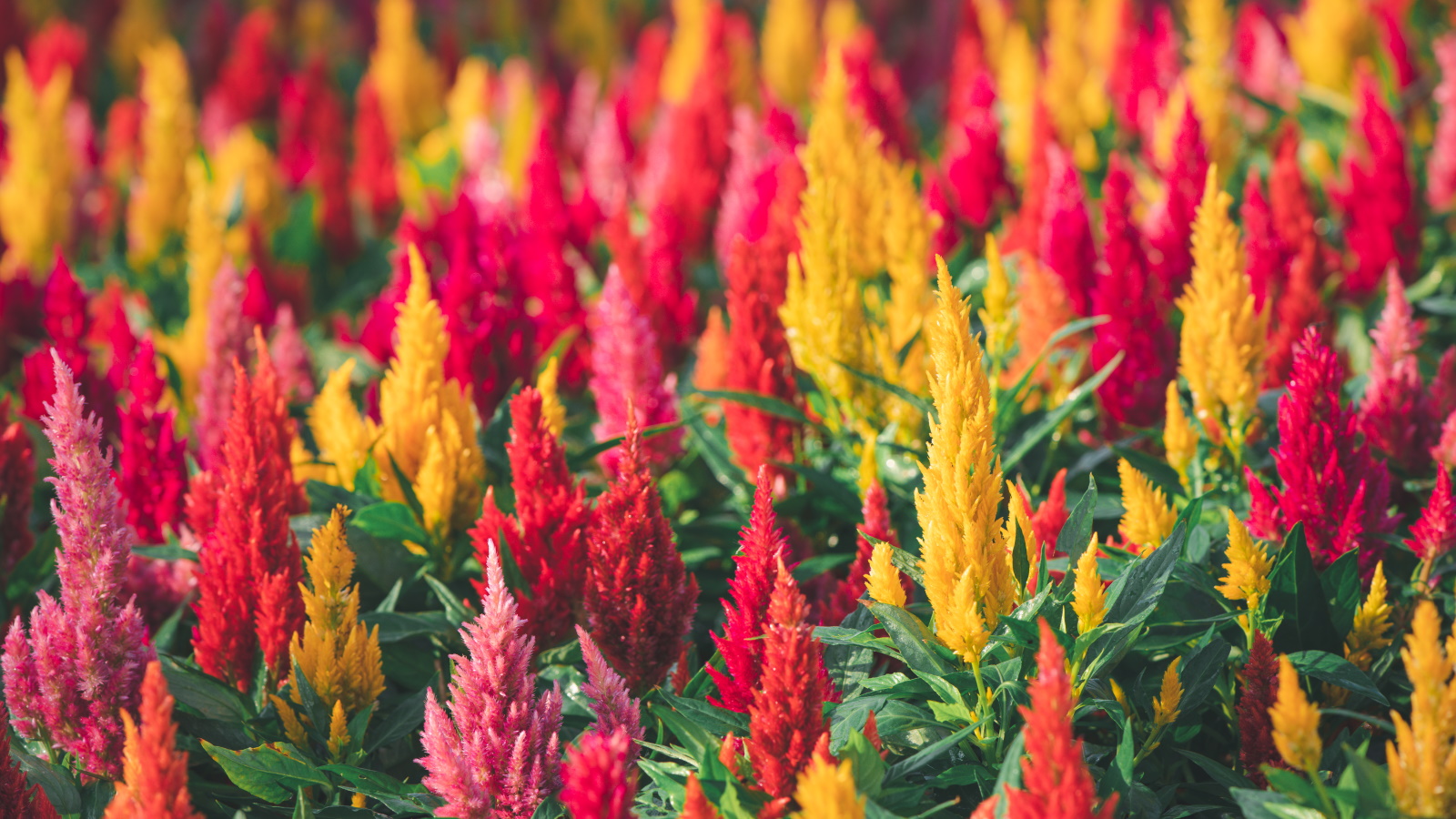

Celosia is many things... vibrant, flamboyant, but understated? Certainly not. If you are thinking about flower bed ideas and want bold, bright colors for the year ahead, then celosia might just be the plant for you.
This tender annual is native to tropical regions of Africa, Asia, and the Americas and is renowned for its vibrant and distinctive flower heads, with colors including red, orange, yellow, and pink. Whilst celosia is unable to withstand cold weather and frosts in fall and winter, during the spring to summer months you will be spoilt for show-stopping flowers.
Often considered a superb plant for beginners, celosia is also a favorite of cut flower growers, with dramatic 'colors and textures complimenting fresh arrangements,' says Tricia Hunt, plant expert and owner of Millstone Nursery. It 'can thrive both in the garden and in containers,' Tricia says, meaning that celosia is a good option for those with a large backyard or those with only a small garden.
Like all tropical plants, celosia thrives in hot and dry summer months. Celosia is a 'must for a full-sun cutting garden,' Tricia says, 'tolerating heat and humidity just fine.' Read on to learn how to grow celosia and enjoy bold flowers this year.
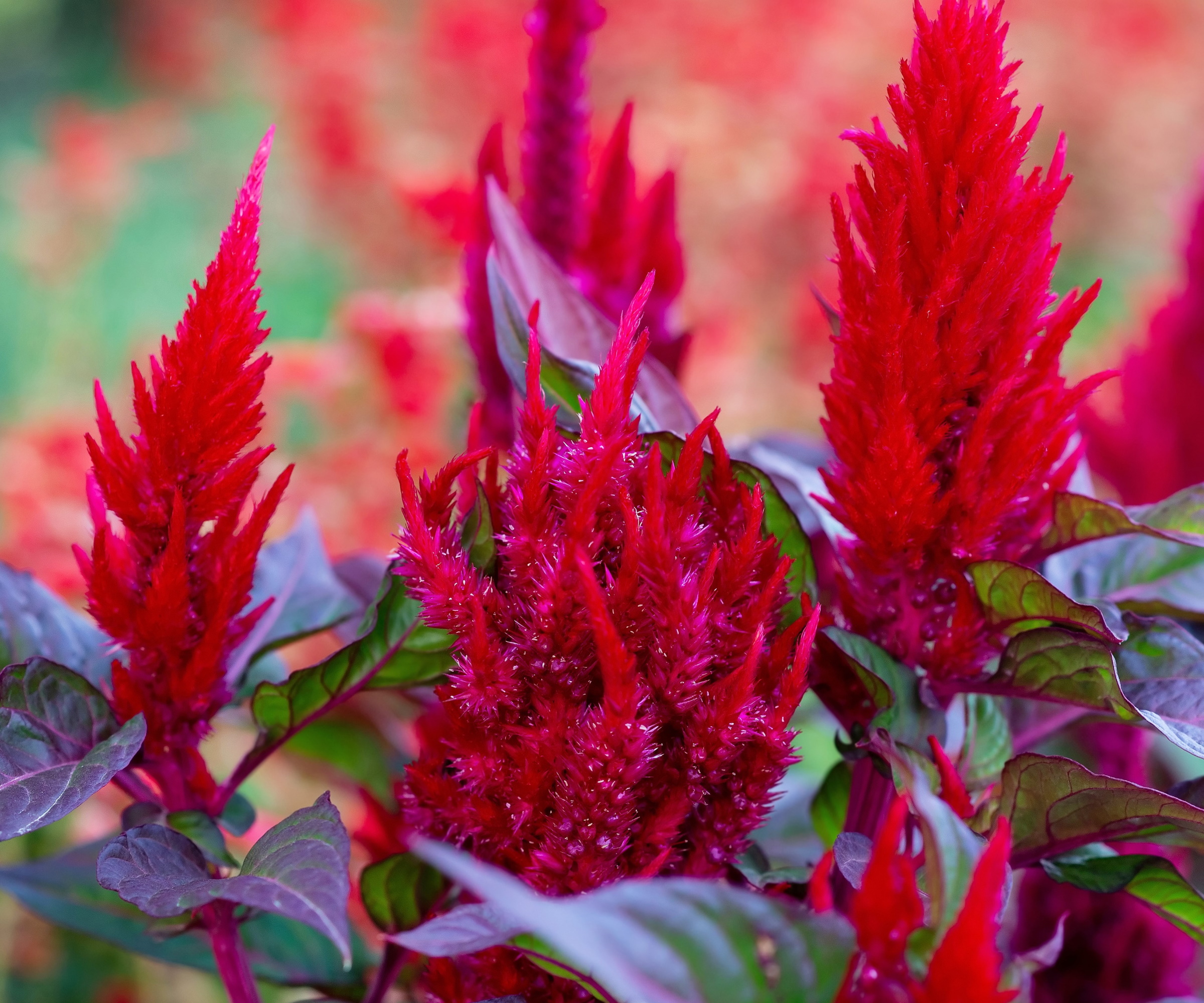
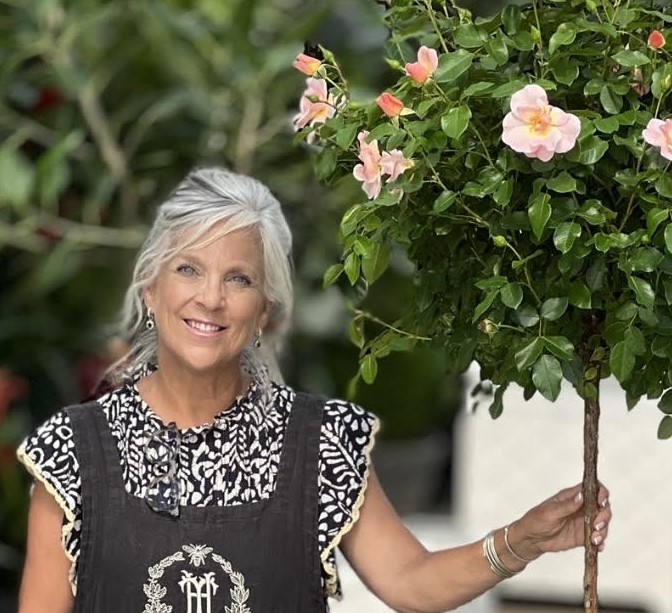
Tricia is the owner and operator of Millstone Market & Nursery, located in the heart of Germantown, Tennessee. Her sweet, Southern-instilled attention to customer service has grown her one-of-a-kind garden center into a destination.
How to grow celosia
There are so many beautiful annuals and perennials to pick from, including lilies, lantana and love-lies-bleeding. Celosia is another popular choice for the summer garden, prized as an easy-to-grow and low-maintenance annual that will not disappoint in the flower garden.
Considerations when growing celosia
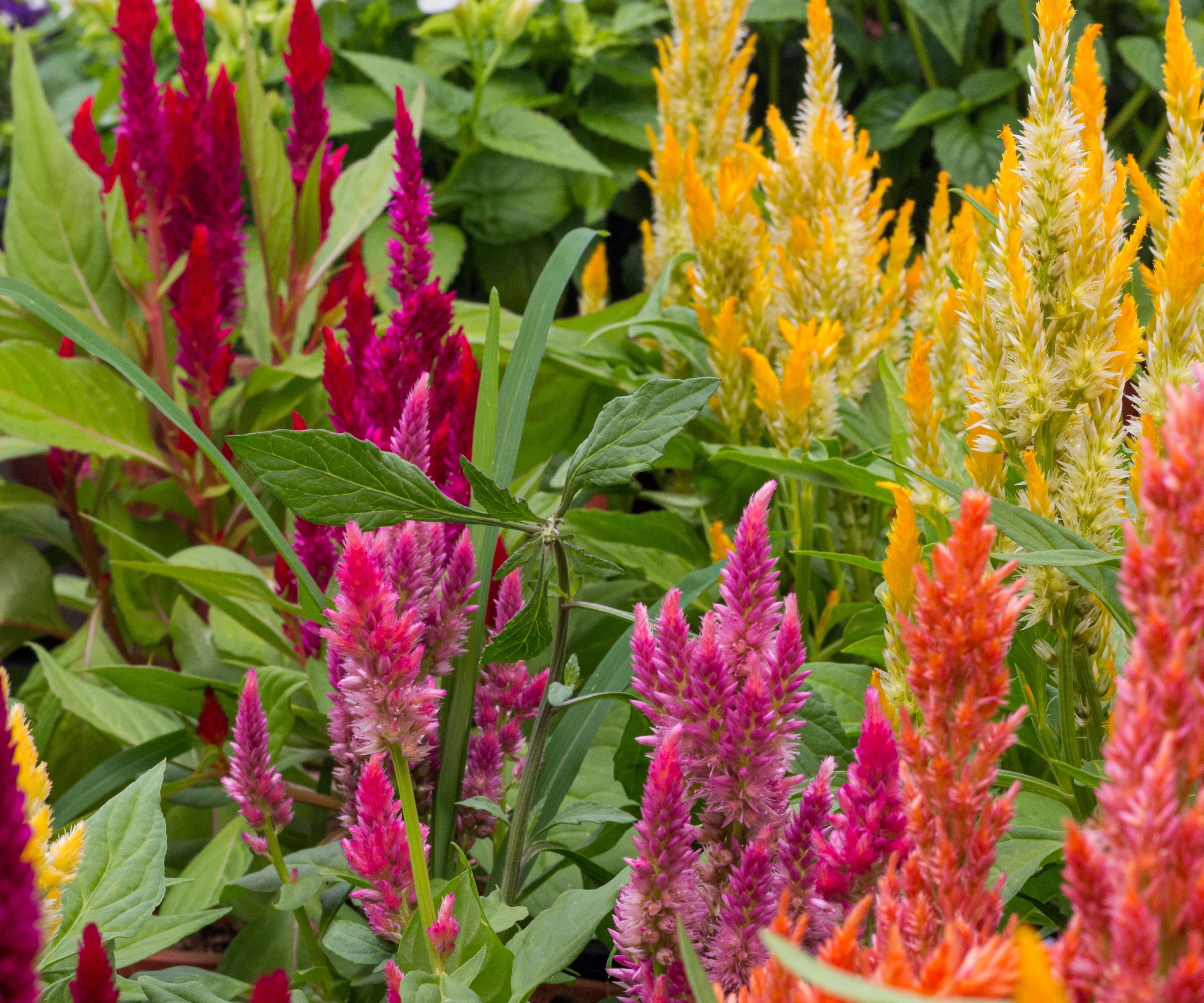
With the right conditions this low-maintenance plant will flower all summer long, but there are a few things to remember. Most celosia varieties will grow in US hardiness zones 3 - 11 but always read the plant label to make sure the variety is suitable for your specific conditions.
In general, celosia does not do well in cooler conditions, so depending on your location, you may have to delay planting until you can be sure the cold weather is over.
'Celosia can be directly sown where you would like for them to grow after the danger of frost has passed,' says Jason Reeves, horticulturist at the University of Tennessee Gardens, Jackson. Indeed, 'this is the preferred method used by most cut flower growers,' Jason continues. In cooler zones, that might mean delayed until mid-spring.
Before planting, Jason advises picking the right celosia variety to suit your needs. There are two distinctly different types, Celosia plumosa, more common with plume-like flowers as seen in the images here, and Celosia cristata, also known as cockscomb, which has a decorative crest with rather unusual brain-like blooms. For those looking for something unique, consider our guide on how to grow cockscomb, for striking blooms in the yard.
Jason advises 'compact for Celosia plumosa cultivars like Burning Embers or Flamma Orange,' for a container, or 'taller cultivars like Asian Garden or Flamingo in the ground.' If you want something unusual, grow one of the Celosia cristata varieties, such as this Celosia cristata 'Gypsy Queen' variety available to buy as seeds at Burpee.
Deciding on growing in the ground or a container will help you pick a variety that will serve your needs.

Jason Reeves is a horticulturist for the University of Tennessee Gardens, Jackson. The UT Gardens mission is to cultivate an appreciation of plants through horticultural displays, educational programs and research.
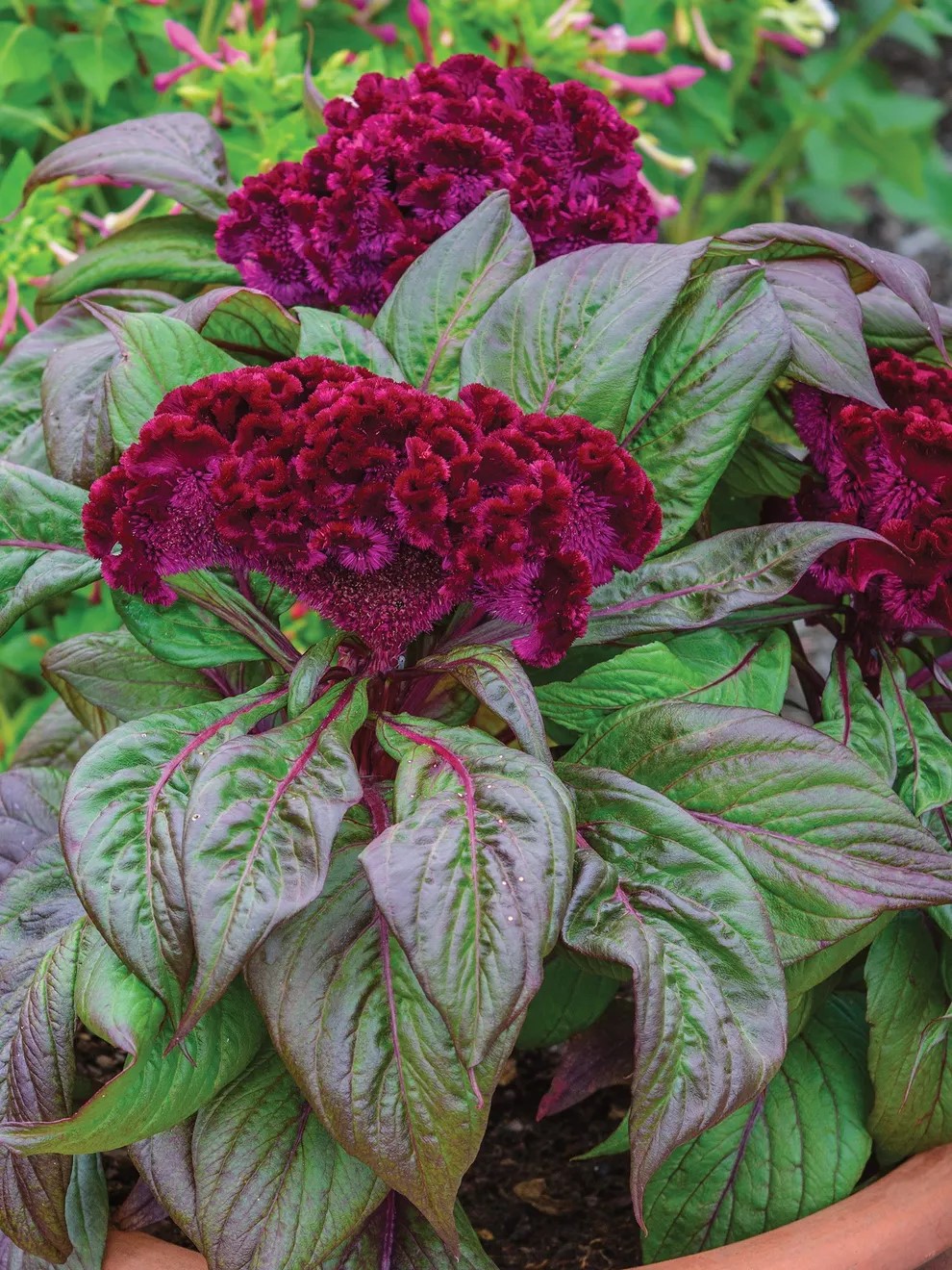
Celosia cristata 'Gypsy Queen' seeds are available to buy now. Deep dark purple-red flowers are complemented by dark burgundy foliage. Blooming from late summer into fall. Long-lasting blooms that will impress as cut flowers.
How to grow celosia
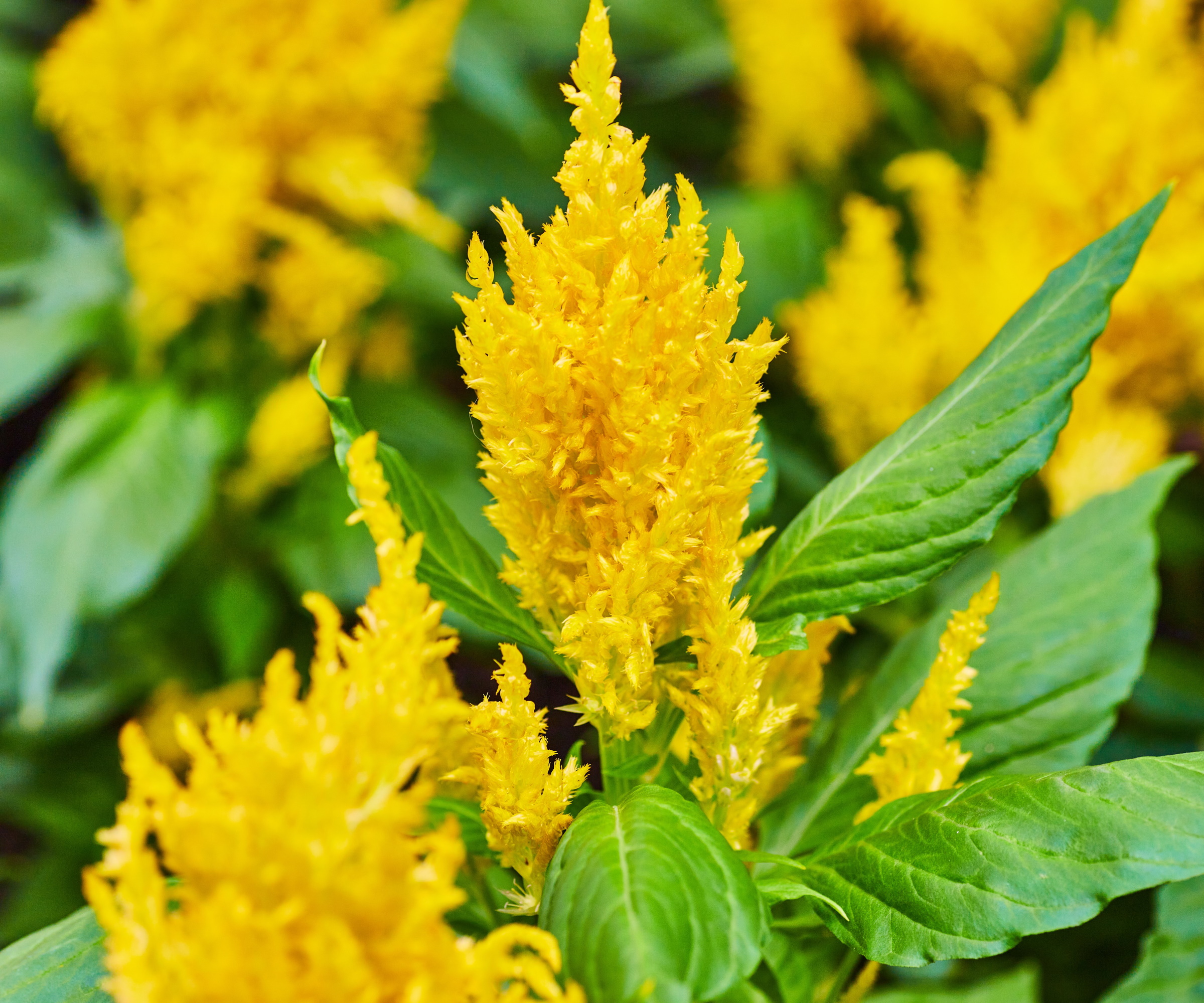
- Soil: 'Rich soil is required, preferably one high in organic matter,' says Lorin Nielsen, Head Horticulturist of Epic Gardening. Consider adding organic matter when planting your celosia to add nutrients to the soil, such as this Organic Planting Mix from Nature Hills.
- Light: Celosia are 'full-sun, warmth-loving plants,' Lorin says. They will 'not survive temperatures in the 40°F range, so it is best to aim for 60°F+ for the best growth.' Celosia, as a plant from the tropics, 'thrive in humid locations,' Lorin says. 'Dry, arid places may cause them to dry out too rapidly.'
- Watering: Celosia do 'require quite a bit of water to thrive, so consider drip irrigation for regular low-and-slow watering needs,' Lorin says. During the warm summer months you should check on your plants on a daily basis to monitor watering requirements.
- Fertilizing: 'Fertilize once with a balanced fertilizer when initially planting,' Lorin says. Once planted, 'supplement with a higher-phosphorus fertilizer once a month during the active growing season.' Always follow the instructions found on the packaging of the fertilizer, as over-fertilizing can damage the plant.
- Care: During the summer months, regular deadheading of your celosia flowers is important. 'As flowers fade, snip them back low to the plant’s base to tidy up the plant's appearance,' Lorin says. 'They will not fall off and instead dry in place, leaving an unappealing tuft of brown atop your plant.'
- Growing in containers: 'Most celosias prefer to be directly in garden beds with a little more room to spread out,' Lorin says. Both the Celosia plumosa and the Celosia cristata can be 'grown in a container but may need a larger one to really have room to develop,' Lorin continues. In the peak of summer, consider moving containers to a partially shaded position where they can enjoy some time away from the sun. 'Afternoon shade is preferred, especially if container-growing.'
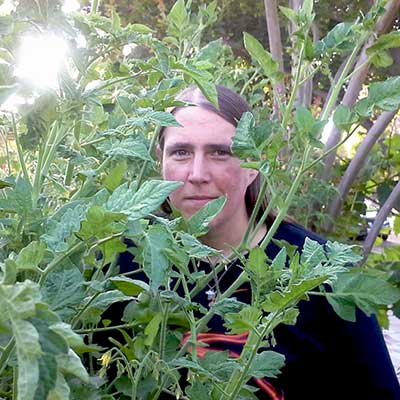
Lorin Nielsen is the Head Horticulturist of Epic Gardening and its seed company, Botanical Interests. A California Naturalist, lifelong gardener, and plant-lover, she is a self-described composting geek, an avid food gardener, and the "plant mama" for several houseplants. She and the rest of the Epic Gardening team share a mission of teaching the world to grow, and she loves to help people discover their green thumb.
Planting ideas for celosia
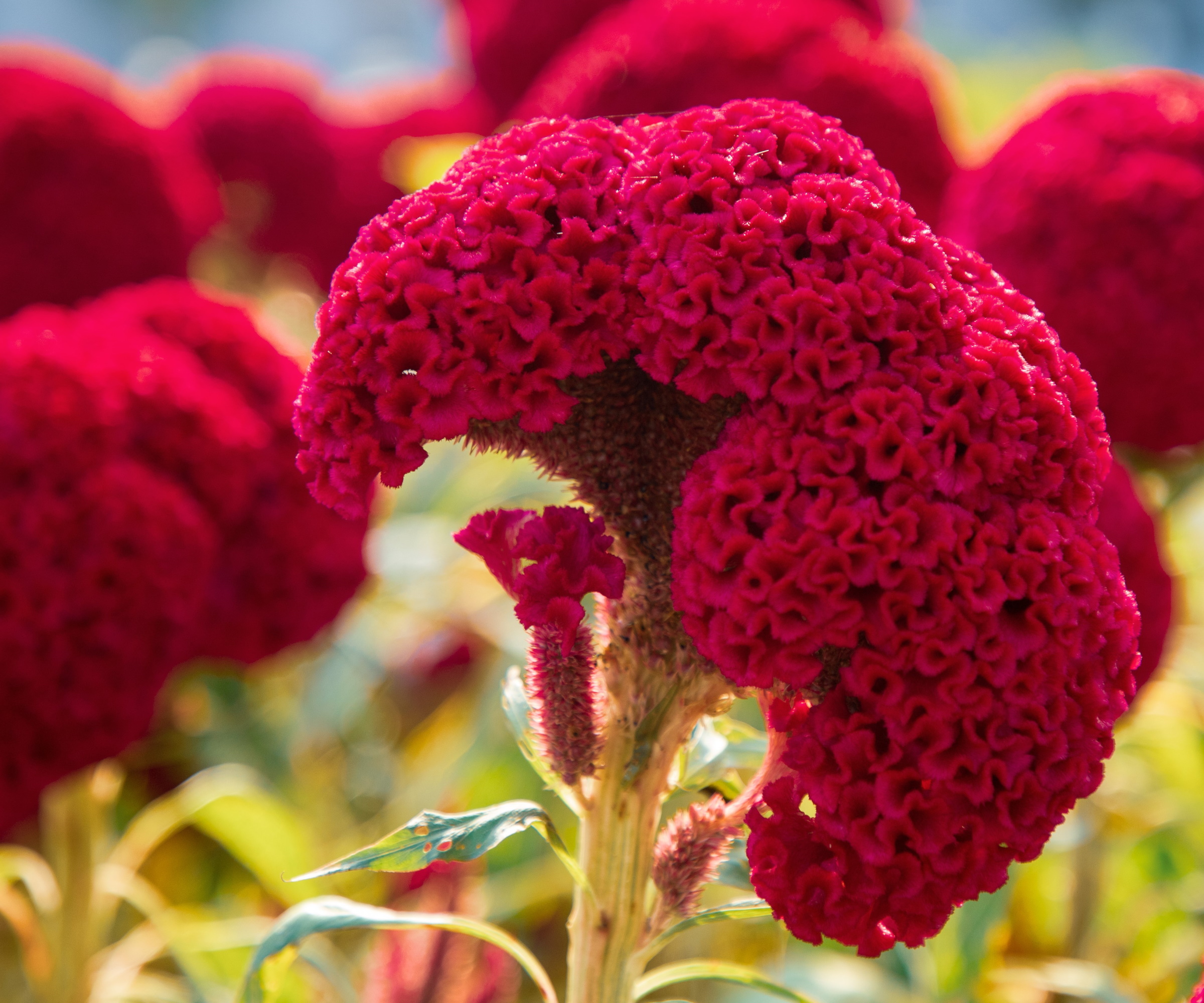
When considering annual planting combinations to pair with your celosia plants, many other plants will work well. Most varieties of poppy are prolific flowering plants and will bloom all summer long. In addition, growing cosmos in your flower garden will guarantee pink and white flowers all summer long.
Other tropical plants, such as lantanas, can also work well, and match the vibrancy of celosia blooms. Lantanas are similar to celosia in that they need full sun but a good level of humidity to thrive.
Tricia Hunt recommends 'growing a mixed container, with echinacea, 'Kimberlee Queen' ferns and celosia', for a bold and impactful display. Place this container in a 'partially shaded spot and water frequently through the summer months'.
FAQs
Can I grow celosia in containers?
Celosias prefer to grow in the ground where their roots can spread and they have space to grow. However, if you use a large container you will be able to grow celosia in containers.
Be sure to use rich, organic soil, and add plenty of drainage material. In summer, your containers will dry out quickly, so watering on a daily basis may be necessary. Consider moving your containers to a partially shaded spot in the backyard, to give the celosias a shade break each day.
When should you plant celosia outside?
This will depend on where you live. In warmer zones, you can directly sow outdoors from early spring. If you are based in a cooler zone or live in a more northerly location, planting will be delayed until mid to late spring, once all risk of frost has passed. Seeds can be sown indoors from late winter, either by placing them in a sunny, warm spot, such as on a windowsill, or by using a heated propagation mat.
Planting celosia will undoubtedly add color and drama to any backyard or container display. For additional plants with plenty of color, why not consider growing lantana or the firecracker plant, both tropical plants that are vibrant and also attractive to pollinators.
Sign up to the Homes & Gardens newsletter
Design expertise in your inbox – from inspiring decorating ideas and beautiful celebrity homes to practical gardening advice and shopping round-ups.

Thomas is a Content Editor within the Gardens Team at Homes and Gardens. He has worked as a professional gardener for both public spaces and private estates, specializing in productive gardening, growing food and flowers. Trained in Horticulture at the Garden Museum, he has written on gardening and garden history for various publications, including The English Garden, Gardens Illustrated, Hortus, The London Gardener and Bloom. He has co-authored a Lonely Planet travel book, The Tree Atlas, due out in 2024.
-
 How to grow astilbe – expert advice on cultivating this shade-tolerant flowering perennial
How to grow astilbe – expert advice on cultivating this shade-tolerant flowering perennialShade-tolerant and pest-resistant - astilbe are hardy and tough perennials that can thrive in many settings
By Ellen Wells Published
-
 Vintage prints are making a comeback – designers say to look out for these 5 nostalgic patterns this year
Vintage prints are making a comeback – designers say to look out for these 5 nostalgic patterns this yearThese vintage-style patterns are all the rage right now, and we spoke with design experts to learn how best to style them in the home
By Eleanor Richardson Published